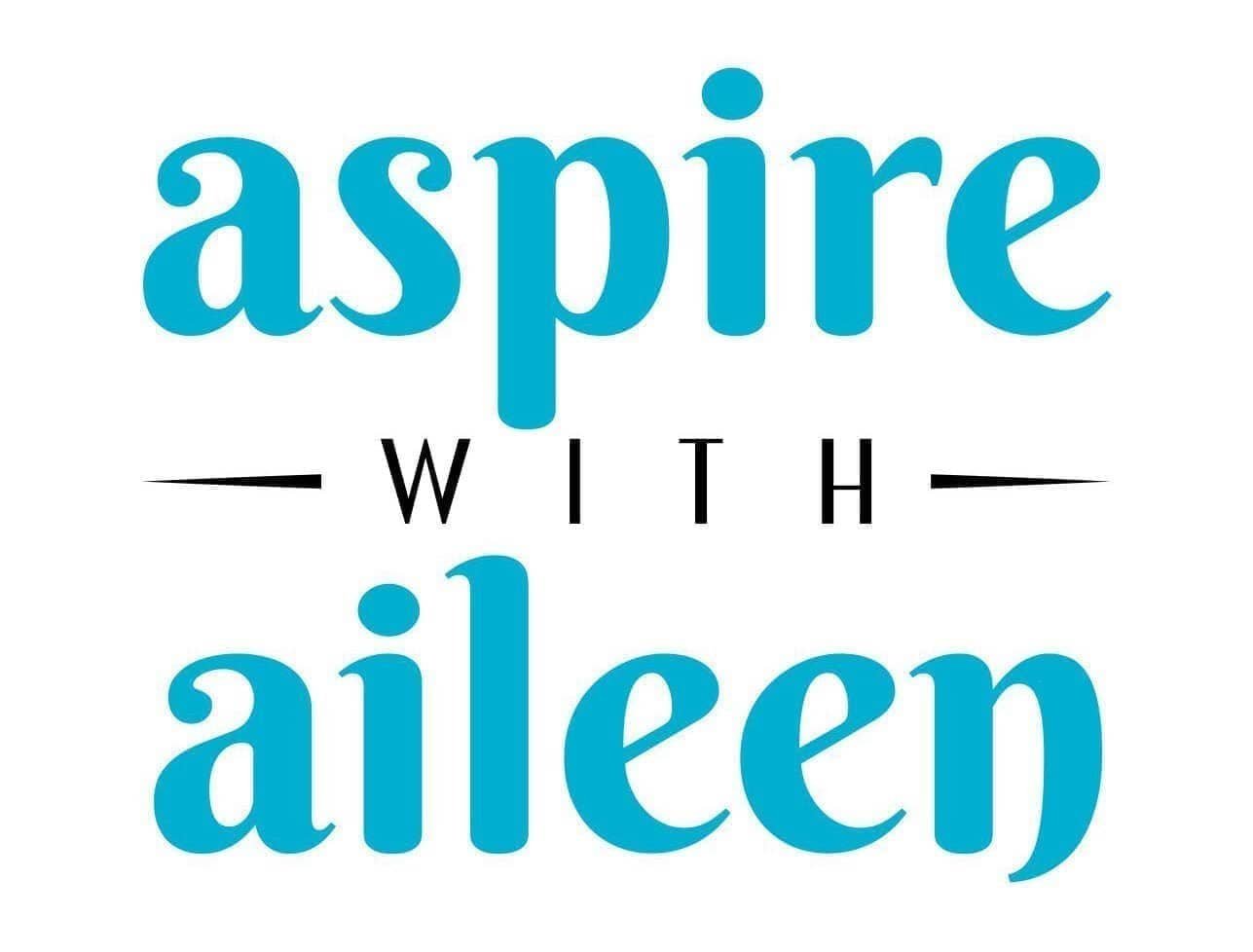Burnout isn't just a professional interest for me—it's personal. My journey into understanding and supporting others through stress and burnout began with my own experience. This lived experience deeply impacts the work I do today. In this post, I’ll share how my story shapes the way I support others and why a mix of empathy, evidence-based tools, and realism makes all the difference in burnout recovery.
The following text is auto-generated. Please excuse any typos!
One of the things that I think helps me in providing support to employees and organizations on stress management and burnout is my own burnout story. In 2019, after 42 weeks of pregnancy and 36 hours of labor, I became a mom. And only a few months after that, my own mom was given a terminal cancer diagnosis. She ended up living for two years, but we had a little pandemic sprinkled in there for good measure. And those few years of transitioning to becoming a new mom caregiving for my own mom, as well as my business really pushed me past that edge and led to my burnout in 2021. So while you don't need to have experienced burnout to support others, I do think it really helps me show up with more empathy. And not only do I bring in evidence-based strategies for stress management and burnout recovery, but I bring this realistic perspective about what's feasible because there's nothing worse than when you're burnt out,
being told, hey, here's the solution, and it's something that's completely untenable. So one of the things I hear in the feedback from my programs is that people appreciate that vulnerability in my share and that they also feel more inspired and hopeful that recovery is possible because of that story as well as the tools that I share.

